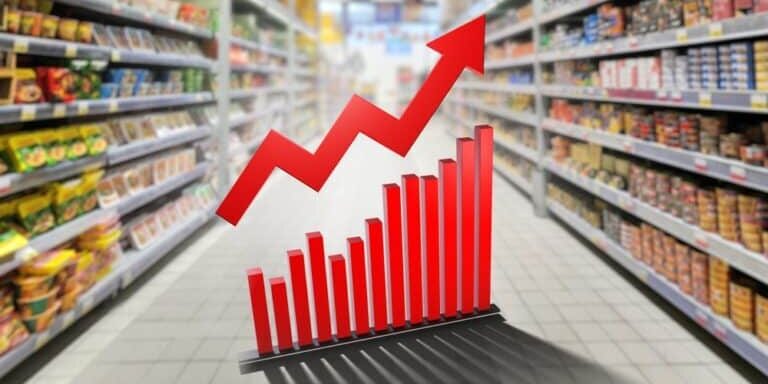
Tariffs Are Quietly Raising Prices—and It’s Hitting Your Wallet Now
Tariffs and Prices: A Predictable Link
In basic economics, one principle remains consistent: when tariffs go up, so do prices. That’s exactly what we’re starting to see now across a range of sectors. From logistics firms to clothing retailers, businesses are beginning to reprice their products to absorb rising import costs.
A recent example from the Institute for Supply Management highlighted a transportation firm stating plainly, “Tariffs have increased the cost of doing business.” The Boston Fed's Beige Book echoed the trend, with a clothing retailer noting it had taken the unusual step of retagging merchandise with higher prices in response to new tariffs. Those items will be hitting shelves this summer.
These reports align with broader signals: price increases are occurring, even if the official inflation data hasn’t caught up yet.
On the Ground: Retail Shelves, Survey Data, and Company Responses
In real-world terms, the impact is tangible. Business Insider reported retail employees spotting noticeable price hikes on specific items at major chains like Walmart and Target. These aren’t isolated cases. A survey released by the New York Fed shows that about three out of four companies are passing tariff costs to consumers—either fully or partially.
The survey, conducted among manufacturers and service firms in the New York and New Jersey area, was clear: tariff-related cost pressures are being managed through price increases. Although regional, the Fed emphasized that these trends reflect a broader national pattern.
Some firms are even raising prices on goods not directly affected by tariffs—either to offset higher operating costs across their inventory or in anticipation of a general rise in consumer price expectations.
The Price Adjustment Mechanism
When a new cost enters the system—like a tariff—it doesn’t stay confined to one product. Companies often use the moment to restructure pricing across multiple categories. After the first round of tariffs on washing machines years ago, prices on untariffed items like dryers also increased.
This pricing behavior isn’t abnormal; it’s part of how businesses maintain margins under pressure. When costs rise sharply and suddenly, companies act quickly—both to manage the direct impact and to build in cushion against future increases.
Projected Impact and What’s Ahead
According to the latest Congressional Budget Office analysis, new tariff policies are expected to increase inflation by approximately 0.4 percentage points in both 2025 and 2026. While not as extreme as the inflation spikes of 2022–2023, it’s a measurable increase that will gradually erode purchasing power for households and businesses.
Unlike in previous years when a tight labor market helped consumers absorb price hikes, current economic conditions may limit how much slack remains. Without the same levels of wage growth or job fluidity, households are likely to feel these new costs more directly.
Bottom Line: Costs Are Creeping in
The price of everyday goods is rising—not in response to a sudden shortage or external shock, but through structural policy decisions that increase input costs. As companies adapt, the cumulative result is a quiet but persistent climb in consumer prices.
For individuals looking to protect their purchasing power, it’s time to be proactive. Download Bill Brocius’ “7 Steps to Protect Your Account from Bank Failure” for practical strategies on how to reposition your assets in a shifting economic landscape:
👉 https://offers.dedollarizenews.com?utm_source=7steps_ebook&utm_medium=website&utm_campaign=Good_Solid_Info&utm_term=static&utm_content=Eric_Blair
Then consider subscribing to Bill’s Inner Circle Newsletter—$19.95/month—for ongoing insights into economic trends that affect your wealth and purchasing power.
📗 For the full picture, read “End of Banking As You Know It.”
In uncertain times, clear understanding is your best defense.










